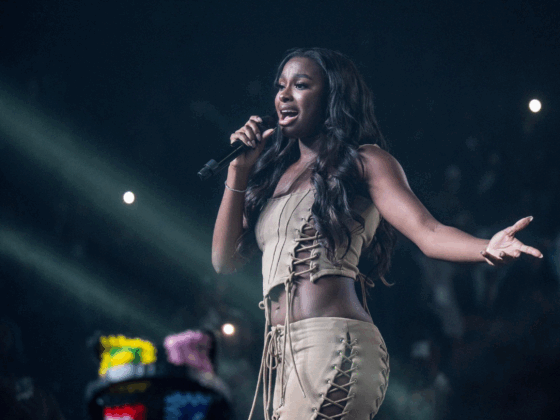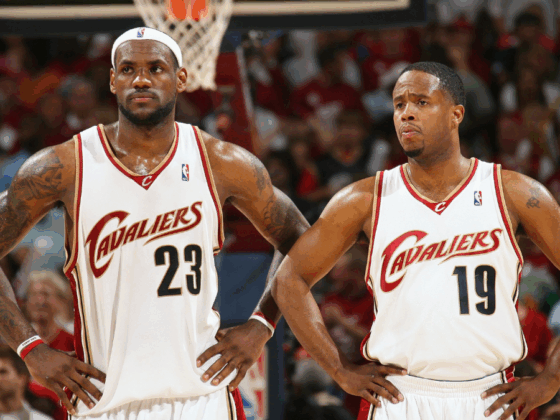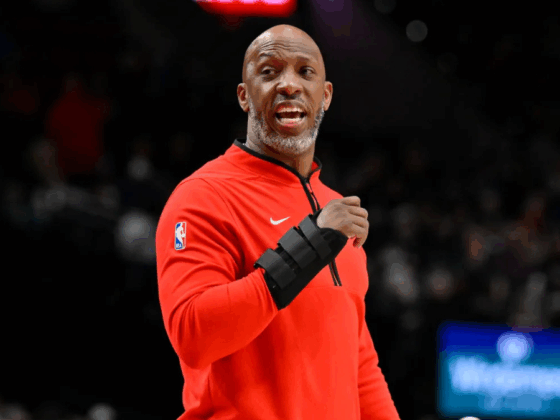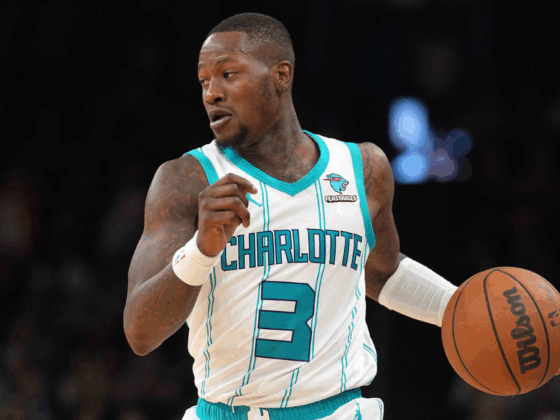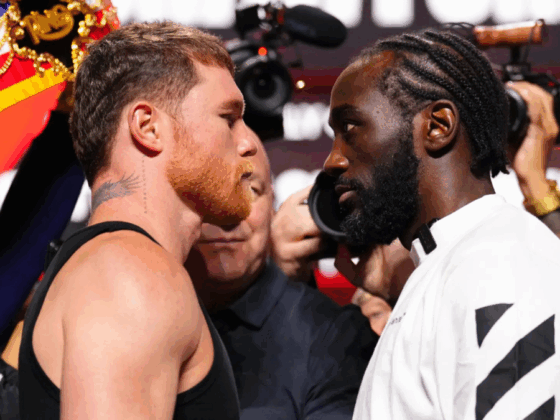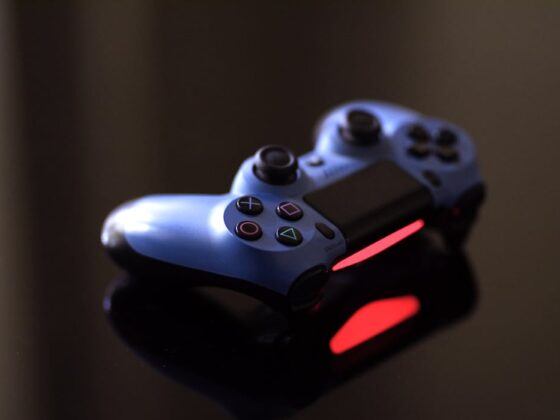
Each year, shiny new prospects dominate NBA talk despite being a year away from seeing the NBA. This has been the norm since the NBA’s age limit was raised to 19 years old in 2006. Even though NBA scouts know exactly which players they want to see well before they enter the college ranks, the process still requires a year long wait after high school before they can officially declare for the draft.
What if there were a better process? College basketball is great fun and there are some high-quality coaches and facilities for the players to spend their year with, but would it not be better for the very best prospects to be in a professional environment preparing for their NBA careers? The short answer to that is yes. In order to supplement this, the NBA needs to invest in a better minor league.
To build that better minor league, the current situation of the NBA D-League (or G-League, now) needs to be assessed.
The Development League has Lacked Investment
The D-League, for the most part, has mostly been a place for unwanted athletes who can’t find playing time in the NBA. Granted, there have been the exceptions such as Jonathan Simmons, Seth Curry, Yogi Farrell, and others, but the point is that the NBA D-League has been less about development and more about giving a space for passed on talent. Because of that, the D-League has a bit of a negative connotation associated with it and is not seen as a viable option for top prospects. That in itself poses a marketing issue at the very least. In an interview with GQ, Jeremy Lin, a D-League success story, confirmed that heading there felt like a step-down.
“I’m going, to be honest, playing in D-League games is tough,” he says. “We got way more fans at Harvard games. It feels like a demotion, and it feels like if you have one bad game then the thought gets in your brain: I might get cut.”
Before continuing, something that needs to be addressed is that the entrance age for the NBA D-League is 18 years old. This means that high school prospects can indeed declare for the NBA D-League draft. This is important because most of the logistics are already in place for a successful minor league, they just aren’t being put to use. Of course, there are other areas and rules that need to be addressed such as call-ups, but the bottom line is that a revamp of the D-League is entirely possible, and not that hard.
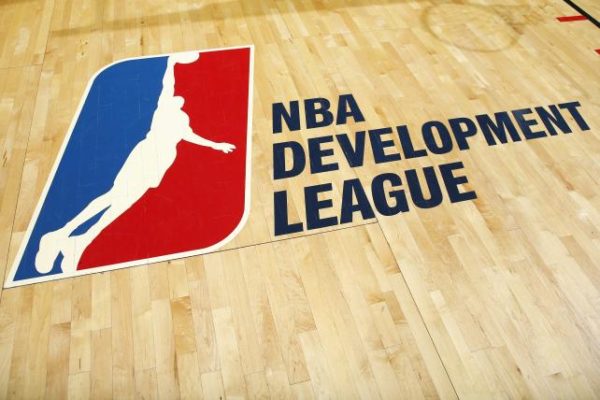
It would be unfair to not note that the NBA is, in fact, working to rebrand the D-League. Their recent partnership with Gatorade was the first step in this process. The hope is that the switch from the D-League to the “G-League” will bring a new look to the league and the partnership with Gatorade will pump some extra funds into its growth. The NBA recognizes that the league needs a shot in the arm, but is it enough for them to build a legitimate minor league?
The biggest issue with the D-League is the fact that it lacks infrastructure. Sure, the teams usually play in the nice arenas their cities provide but after that, the teams don’t really have any facilities.
Many D-League teams and players practice and workout in community centers, colleges, high schools, or wherever they can rent space to get their shots in. In many cases, players have to pay for their own gym memberships. They do this while making just $19,500-$26,000 a year. It’s understandable why players choose to play Division 1 college basketball where they get state of the art workout facilities, trainers, coaches, room and board, and meal plans. Not to mention, many of the bigger schools get national media attention while the D-League is lucky to be on ESPN3.
All of these factors feed into an atmosphere around the NBA D-League that gets looked down upon. The NBA needs to find a way to make this league attractive to both NBA teams and potential players.
The New NBA Minor League Needs to be a Destination
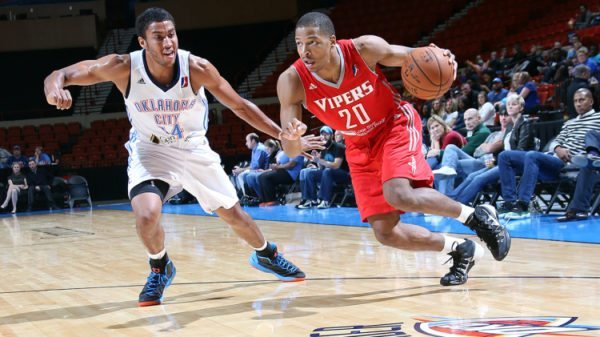
It’s no secret that more than a few of the top high school prospects have their eyes strictly set on the NBA. College just so happens to be a roadblock they have to endure. However, just imagine how much fun the NBA minor league would be if it truly showcased the best young, up and coming talent. The arenas would fill up for games because players with actual NBA potential would be showcased. And, the minor league would still have relatively unknown players like Jeremy Lin who could still build up their cinderella stories around greater talent. The NBA would then be in control of a basketball league filled with some of the best young stars in the world and, more importantly, a new revenue stream.
How can the NBA accomplish this?
It will certainly take investment, but the reward could be more than worth it. The NBA would need to ensure infrastructure in the new minor league so the players have access to professional level workout facilities and staff. Players need to be convinced that wherever they go, they will be putting themselves in the best position to improve their NBA chances. The new minor league needs to give top prospects good reason to join them over a college ball program or an overseas team which both invest heavily in their youth.
The last part of that investment would have to be compensation. Whether that is raised salaries, providing living and eating accommodations, or a mixture of both, anything would be an improvement over the current situation.
Lastly, why wouldn’t the NBA want control of the world’s youngest stars? Not only does it add a source of revenue, but it is also a sneaky way to break into untapped markets. Many D-League teams are already in non-NBA towns like Reno, Fort Wayne, and Des Moines. This is just another way the NBA can grow their brand and create new fans. If those teams are marketed and are pumped full of some talent, the NBA can strike some fear into the NCAA.
Furthermore, the NBA will already have these talented players within their grasp. If they want to raise the age limit for the NBA to 20 years old, as Adam Silver has hinted at, then they could easily do so while the top young players are already employees of the NBA D-League.
Okay, but what are the Cons?
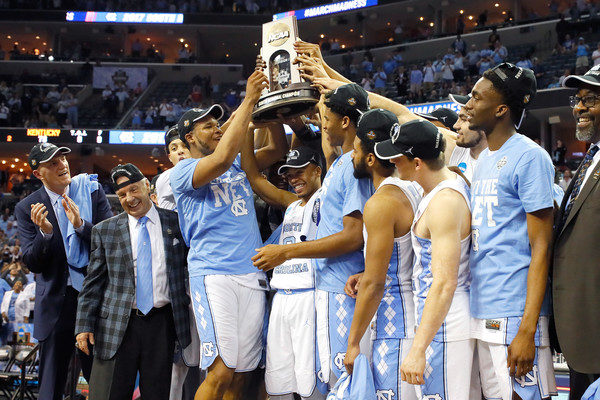
There is one big roadblock in the way of this all that needs to be talked about. NCAA basketball has become a massively profitable business and that is in large part because of the very talented teams that each school can put on the court. And to be quite frank, the NBA and the NCAA have a great relationship. Currently, the NBA doesn’t have to pay a dime for players to go solid basketball programs for a year before the NBA. Yes, the NBA does not get any of that revenue, but it also doesn’t have to spend anything either.
It is essentially a low risk for the NBA as talent gets weeded out for them. At the end of the day, they still get their stars.
Speaking of the financial portion of this, another con is the high investment. The proposed idea of building a minor league throughout the entire NBA will come with a high upfront cost and if managed poorly, it could be a major financial burden. Obviously, the reward has potential to be high, but if Silver and the NBA decide to play it safe then a move like this may not be in the books.
In the end, this is just a brainstorming exercise for improving the NBA. If this were to actually happen, the details will need to be locked down on how draft rights work, where investors come from, contracts, and how this all affects the CBA. However, it isn’t too distant from a reality. The NCAA is facing constant questions about amateur athletics while the NBA is considering raising the age limit. That combines for a storm that the NCAA may not be ready to handle. The potential is there for the NBA, they just have to capitalize on it.
